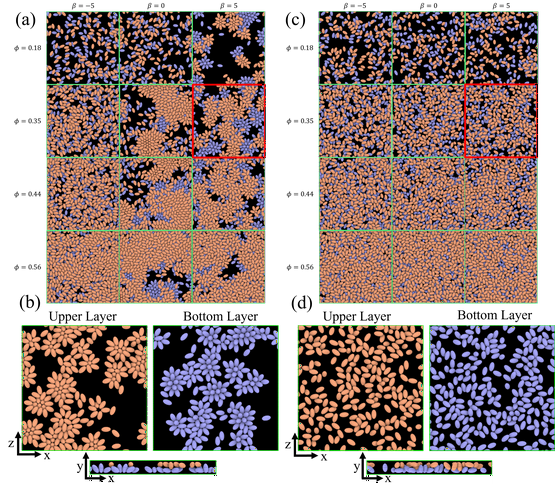
In this paper, Bohan Wu-Zhang, Dmitry A. Fedosov, and Gerhard Gompper employ the squirmer model combined with dissipative particle dynamics to explore the behaviors of microswimmers, often analogous to bacteria, in confined thin film environments. Here are the key findings:
- The confined space enables diverse structural dynamics, creating two-layered swimmer assemblies.
- Various swimmer types exhibit distinct behaviors influenced by volume, morphology, and hydrodynamic interactions.
- Anisotropy in swimmer shapes and their complex interactions with boundaries are critical for the formation of collective behaviors.
- Resulting behaviors vary under different conditions, revealing insights into motility and possible biofilm formations.
Why is this important?
This research provides a nuanced view of microbial behaviors in constrained spaces, useful for engineering bio-inspired systems and improving our understanding of natural microbial communities. The findings have implications for developing new strategies for controlling biofilm formation within industrial and medical settings. Further research could extend into the manipulation of microenvironments to harness biofilms’ beneficial properties while mitigating negative impacts.